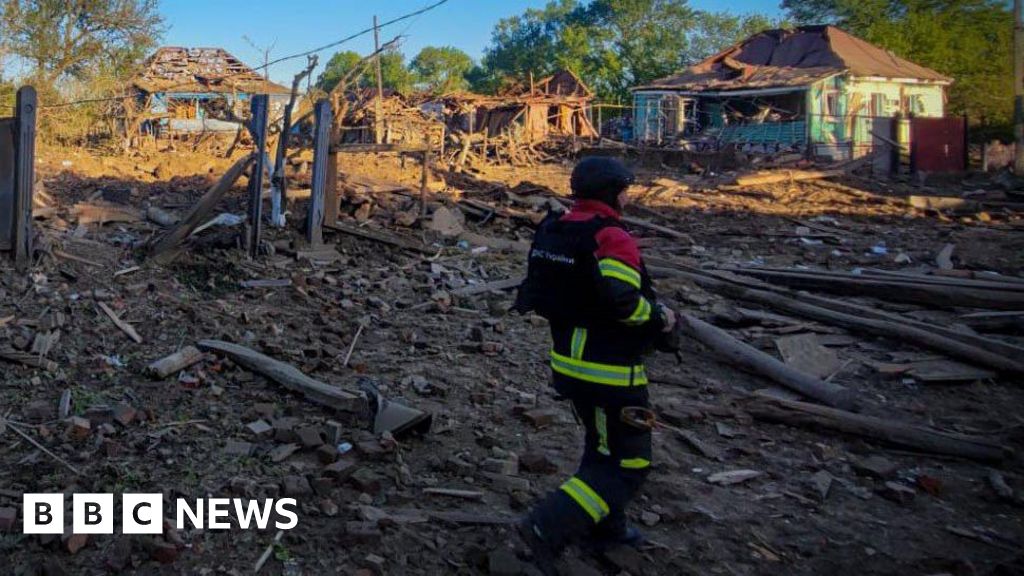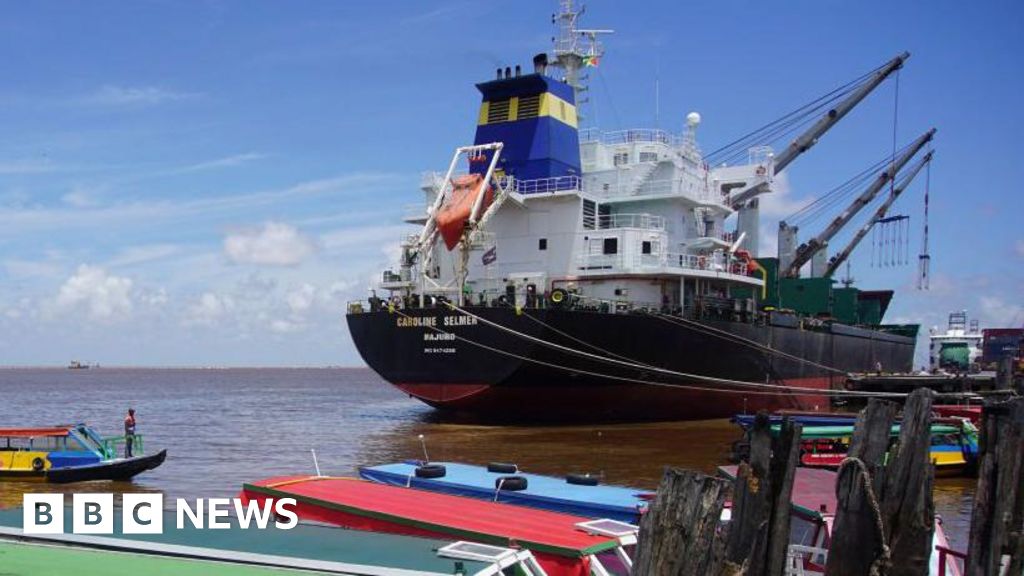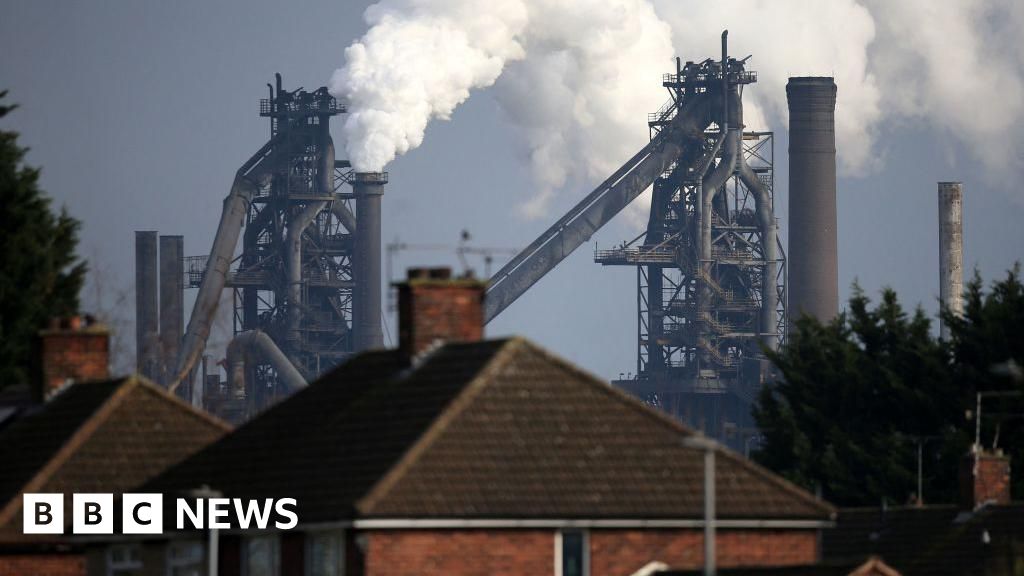Why your next flight could be a lot bumpier

Your flights will probably get noticeably bumpier over the next few years, according to new research on how climate change is affecting turbulence.
Paul Williams is a professor of atmospheric science at the University of Reading in England who has researched turbulence for more than a decade. In a presentation at the European Geosciences Union conference last week, Williams shared his research showing how global warming is likely leading to an uptick in something called “clear-air turbulence,” or turbulence that can’t be seen on an airplane monitor or from the cockpit.
Based on Williams’s research, severe clear-air turbulence has increased by 55% since the 1970s, and it’s only going up. Over the next few decades, Williams told Inside Climate News, turbulence is expected to quadruple along some busy routes, presenting potentially dangerous conditions for aviation.
What is clear-air turbulence?
Clear-air turbulence, in simple terms, is turbulence that’s not caused by clouds or storms—meaning that, for flight crews, it can essentially appear out of the blue.
Whereas the more common turbulence happens due to weather, clear-air turbulence is most often due to jet streams in the atmosphere. Jet streams are strong, river-like air patterns, about 6 to 8 miles above the Earth, that contain many layers of air blowing at different speeds.
These streams, which travel west to east, appear when warm air runs into much colder air. As the Earth is heated unevenly (with more sun in the tropics and less in the poles), warm air expands and rises up, and cold air rushes in to take its place, creating a moving current. There are multiple jet streams around the globe, and their strengths change throughout the year based on how hot and cold the converging currents are at a given time.
In an interview with CBS News, Daniel Adjekum, a pilot and aircraft safety consultant, explained that the differing air masses inside a jet stream can cause a lot of friction, and, in turn, turbulence. The major issue with this is that normally pilots can predict convective turbulence based on moisture content in the air. Because clear-air turbulence isn’t caused by moisture patterns, it doesn’t show up to the naked eye or on flight instruments.
Hassan Shahidi, president and CEO of the Flight Safety Foundation, told CBS that clear-air turbulence is “typically very violent.” Some experts believe that it was responsible for extreme turbulence on a Singapore Airlines flight last year, causing the aircraft to drop thousands of feet in just a few minutes. The incident killed one person and injured more than 70 others. In recent months, unexpected severe turbulence has also led to multiple injuries on two separate United Airlines flights.
How is global warming making clear-air turbulence worse?
Williams coauthored a paper in 2023 demonstrating that clear-air turbulence has been on the rise over the past several decades. Now he’s uncovering how global warming is driving that pattern.
The main piece of the puzzle, he explained in his presentation last week, is something called vertical wind shear. Inside jet streams, vertical wind shear is a phenomenon that occurs when two air currents close to each other move at different speeds. If the variation is wide enough, the atmosphere breaks into unusual, bumpy patterns, resulting in a turbulent flight experience.
A growing body of research demonstrates that climate change is disrupting jet streams and, in turn, worsening vertical wind shear. Studies show that faster rates of global warming at the poles can twist jet streams into unusual patterns, creating “rough patches” with high wind shears—some of which are expected to worsen near busy transatlantic flight paths.
Based on Williams’s research, vertical wind shear has already increased by around 15% over the past 40 years. If rapid warming continues on its current trajectory, his models show that vertical wind shear inside jet streams could increase another 29% by 2100.
“This, of course, means a lot more turbulence in not that many years from now,” he concluded at last week’s presentation.
Flying is still considered to be a very safe form of travel. However, when problems do arise, they’re often caused by turbulence: Data from the National Transportation Safety Board shows that more than one-third of all airline incidents in the U.S. from 2009 through 2018 were related to turbulence, and most of them resulted in one or more serious injuries, though no damage to the plane. Now, Williams’s research shows, flight safety agencies may need to find new ways to monitor ever-bumpier skies.
What's Your Reaction?
 Like
0
Like
0
 Dislike
0
Dislike
0
 Love
0
Love
0
 Funny
0
Funny
0
 Angry
0
Angry
0
 Sad
0
Sad
0
 Wow
0
Wow
0





















































![Watercolored's "Tears Of The Sea" is a haunting, cinematic voyage beneath the surface [Album]](https://earmilk.com/wp-content/uploads/2025/05/Copy-of-25af984d-a302-48b1-a551-f7bfe5dd9d8e-scaled-e1746708583150.jpg)








































